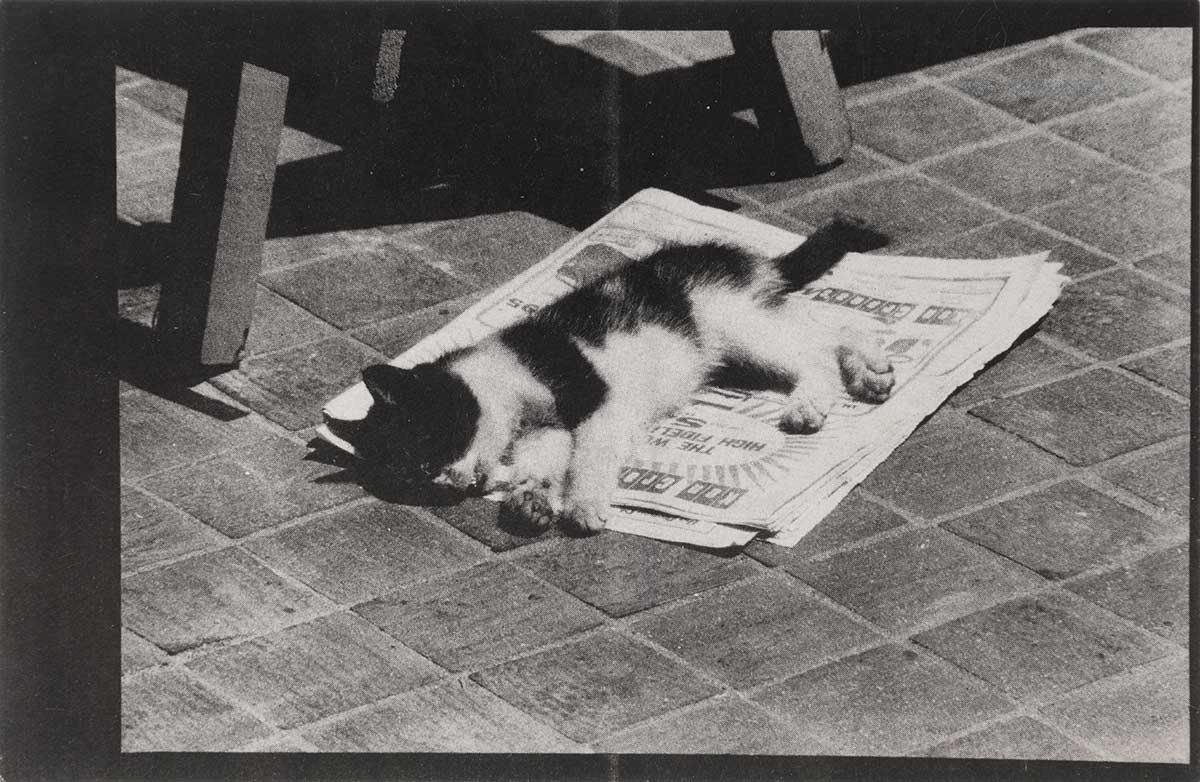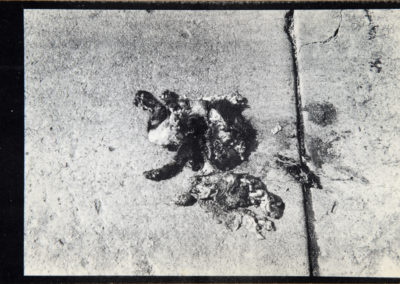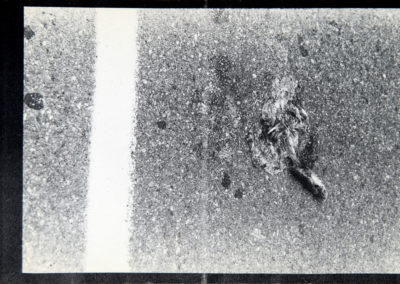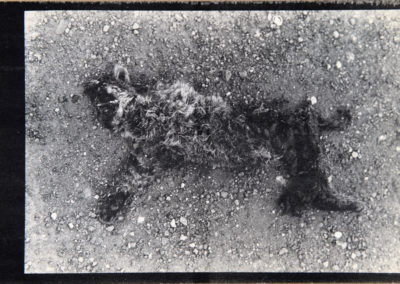
CRAIG R. STECYK III
BIO
Craig Stecyk is a Southern California native whose varied accomplishments in art, popular, skate, and surf culture are globally recognized. His life was portrayed in Dogtown and Z-Boys (2001), Lords of Dogtown (2005), and Bones Brigade: An Autobiography (2012), films for which he consulted, produced, and/or wrote. Although involved in the founding of Jeff Ho Surfboards and Zephyr Productions Surf Shop in Santa Monica, California, Stecyk has maintained a rigorous studio practice and exhibition schedule for almost five decades. He earned a Master of Arts degree in Art from California State University, Northridge and has exhibited his installations, photographs, prints, sculptures, and videos locally, nationally, and internationally. The archival component of Stecyk’s work acknowledges cultural, economic, and social transitions, including the gentrification and elimination of communities with which he was geographically and historically linked.
ARTIST STATEMENT
Craig Stecyk’s 1983 multimedia series Road Rash pays homage to the countless four-legged victims of the clash between habitual technology and harassed habitats. Searching California’s highways and beyond for road kill, Stecyk photographed the carcasses in situ to document the dead animal’s gesture and position. He removed the body from the roadway, skinned it, and cast the guts in bronze using a portable casting furnace outfitted in the back of his truck. When the cast had cooled, Stecyk sewed the skin onto the bronzed animal and epoxied the sculpture back in place.
Bronze’s enduring lifespan ensured that generations of passersby would experience Road Rash and witness the automobile’s effect on nature. Each bronze casting functioned as both a heroic death mask and permanent monument. An inadvertent consequence of the site-specific installations altered the sequence of cause and effect; the epoxied, bronze animals became formidable opponents to the automobile and road hazards themselves, necessitating their removal. Objects included in the exhibition represent these omissions.
Stecyk’s investigation of road killed animal deaths began in 1970 when he started to systematically document cross country roadside fatalities with his camera. In 1982 he published a series of postcards that included the animal’s photograph and location at time of death.




